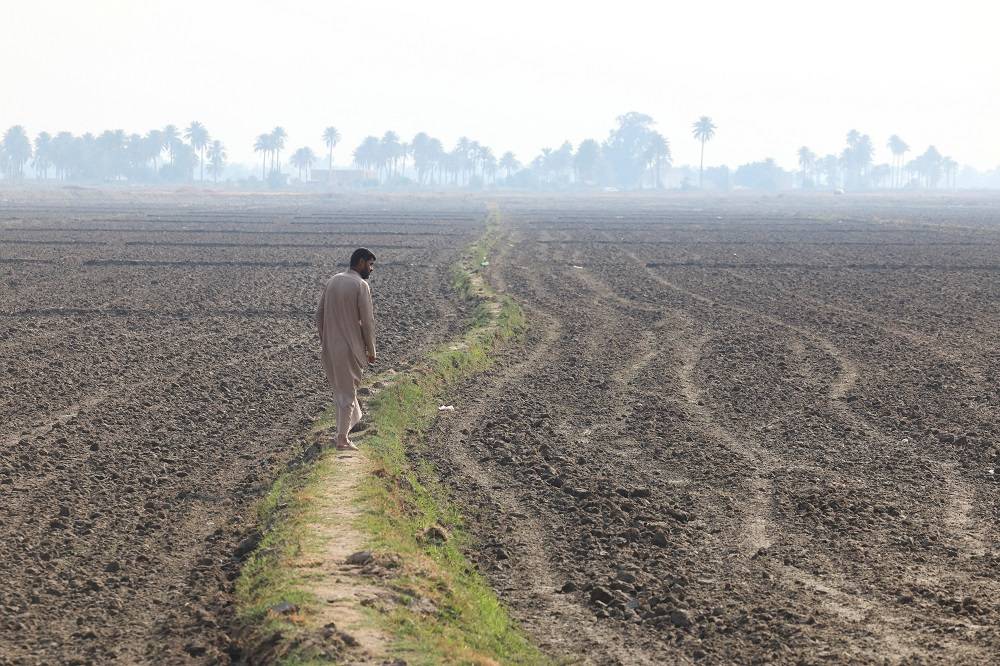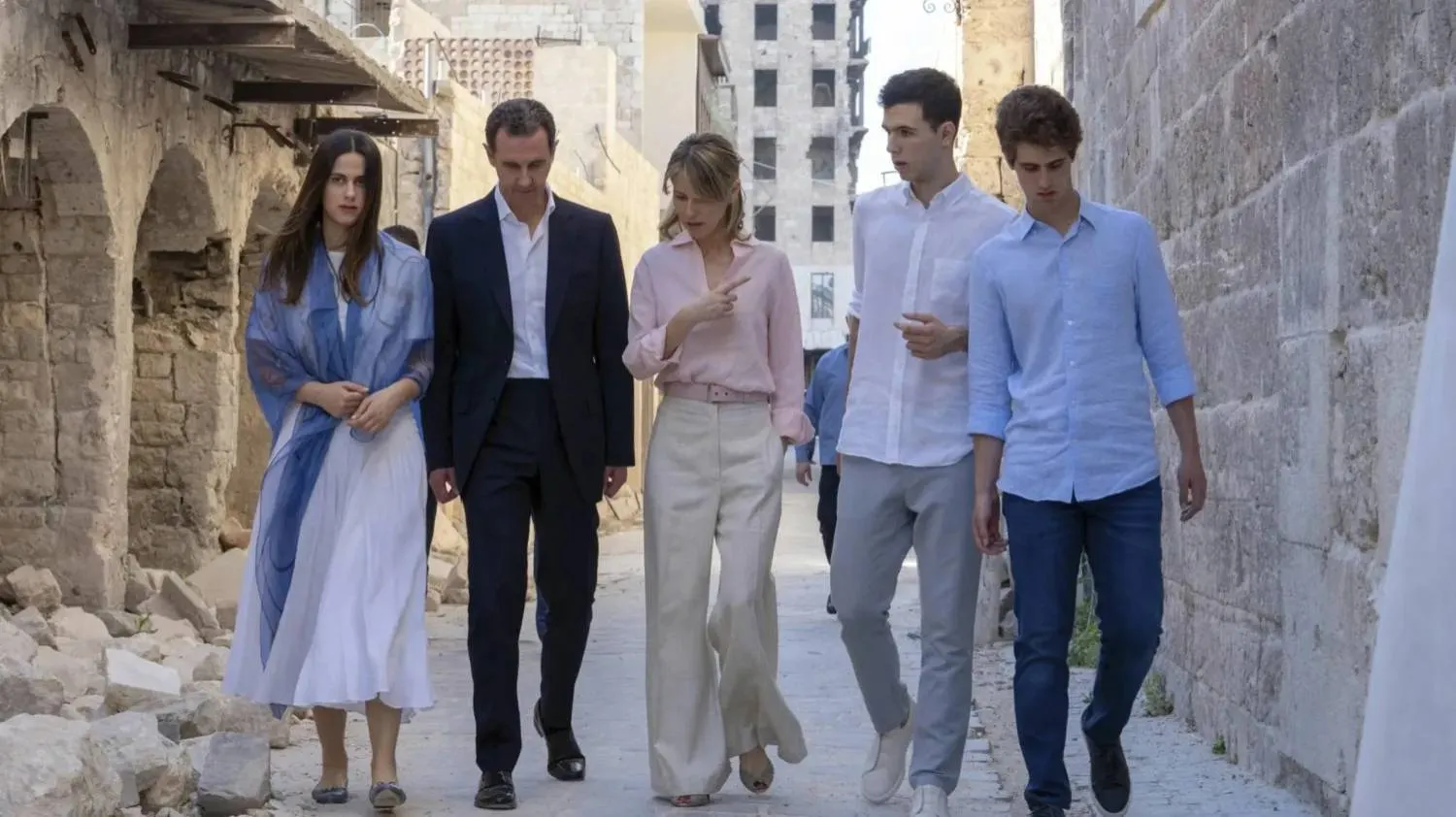Weeks ago, an American official remarked that Russian President Vladimir Putin needed to ask himself, that five years since his direct military intervention in Syria, does he want the Syria of 2025 to be the same as Syria of 2020?
There is no doubt that the Russian delegation’s visit to Syria has this question in mind. The delegation carried with it economic promises and diplomatic advice to its “difficult ally” with the hopes of receiving different answers than what some Syrian officials desire.
Russian Foreign Minister Sergei Lavrov and intelligence officials’ visit to Syria in early 2012 kicked off the phase of protecting the “allies” in Damascus through diplomatic and economic means. The intervention in late September 2015 paved the way for military intervention to “save the regime” and Damascus. So, yesterday’s “significant visit” is the beginning of the shift from military action towards politics, economy and diplomacy in the heart of Damascus, ultimately paving the way for different solutions in Syria.
Before departing Syria, the Russian delegation leaves behind four pieces of advice to its “difficult ally”:
‘American sword’
The United States has now entered a complicated electoral phase ahead of November’s presidential elections. At the moment, there are no serious indications that American forces will withdraw from northeastern Syria, even if Joe Biden were to win the polls.
From Moscow’s perspective, the upcoming weeks will witness the announcement of new American sanctions as part of the Caesar Act. The last batch had targeted president Bashar Assad, his wife and their son. It also targeted his senior aides and businessmen. The new sanctions will include more businessmen, lawmakers and military officials. The Caesar Act enjoys bipartisan support in the US, meaning they are here to stay for the foreseeable future. Confronting them, therefore, demands coordination between Moscow and Damascus. To that end, it appears that the Russian delegation brought with it attractive financial and economic promises to Damascus in the shape of loans or grants worth billions of dollars that will give the regime some sanctions and economic relief in the near future.
Iranian ‘crescent’
In return for these pledges, Moscow “advised” Damascus of the need to “help us so we can help you” in breaking its diplomatic-political isolation and kicking off the reconstruction process. How? By taking some tangible steps in reorganizing its internal affairs, implementing constitutional reform according to United Nations Security Council resolution 2254 and reassessing its ties with Iran. Damascus is demanded to “decrease its role in the ‘Iranian crescent’” that stretches from Tehran, passing through Baghdad and Damascus, and ending in Beirut. The “crescent” is coming under frequent Israeli strikes with American blessing and Russian silence, reflecting the implementation of the Russian-American agreement that calls for keeping Iran away from southern Syria.
All of this will pave the way for Arab and European countries to “normalize” relations with Syria and help in its reconstruction. In return, Damascus must accept the understandings reached between Moscow and Washington over the regions east of the Euphrates River. It must also accept the understandings reached between Moscow and Ankara over northwestern Syria. In other words, Syria must yield to the strategic understandings reached between Russia and Turkey that go beyond the frontlines in northwestern Syria. Moscow had, after all, received days ahead of Lavrov’s Damascus trip a Turkish delegation to discuss the latest developments in the deal struck with Russia in March.
Decentralization
Moscow recently hosted the signing of an agreement between head of the Syrian Democratic Council, the political wing of the US-backed Syrian Democratic Forces (SDF), Elham Ahmed, and head of the Russia-backed People's Will Party, Qadri Jamil. Lavrov met with Ahmed and Qadri after the agreement was signed.
The deal stipulated that the “new Syria will enjoy a democratic constitution that achieves a modern relationship between decentralization and centralization in main (foreign, defense and economic) affairs.” It also underscored a “fair democratic solution to the Kurdish issue”. Moreover, it stressed that the “Syrian army is the sole national institution with the right to carry arms and that it is barred from meddling in politics.” The SDF must be incorporated in the army, it added.
Lavrov informed Ahmed and Jamil of his complete support of the agreement, saying he will relay its details to officials in Damascus.
New Syria
The “new Syria” addressed in the agreement is one that Russia is keen to achieve through resolution 2254 and the Constitutional Committee. It is clear, however, that Damascus is not on board to seriously join this venture. During its latest meeting two weeks ago, the government delegation at the committee may have changed its approach, but its goals remain the same. The delegation refused to be referred to as the “government delegation” or “government-backed delegation” Rather, it reneged on a previous agreement, reached with the opposition representatives at the committee, on “procedural regulations”, saying it is an “independent entity”.
Such behavior is only aimed at buying time until after the presidential elections set for mid-2021, because Damascus wants the polls to be held according to the current constitution. It is, therefore, hoping for talks on the constitution to be postponed until after the elections. It is also insisting on holding a referendum on the results of the Constitutional Committee meetings.
UN envoy to Syria, Geir Pedersen traveled to Moscow to brief Lavrov and Defense Minister Sergei Shoigu on the third round of committee talks, which were attended by a Russian representative, who saw for himself the government delegation’s behavior. Lavrov pledged to address the issue with the “difficult ally”. It is believed that his “advice” would be for Damascus to alter its behavior at the Constitutional Committee meetings and speed up its efforts to reach a breakthrough ahead of the presidential elections.
The coming days and weeks will, therefore, act as a test to see just how much Damascus heeded this “advice” and whether it will prove wrong remarks by a former Russian diplomat, who noted: “Damascus takes everything from us, but advice.”










